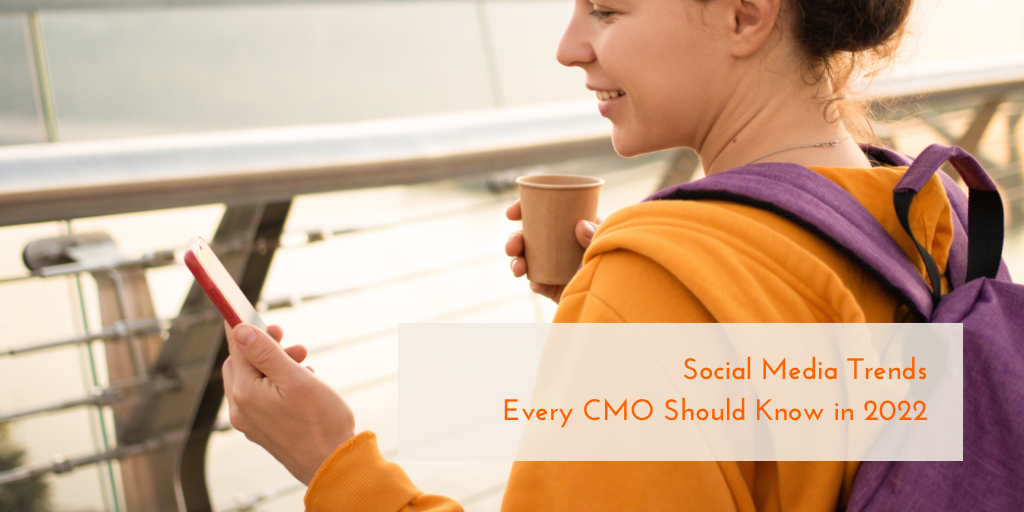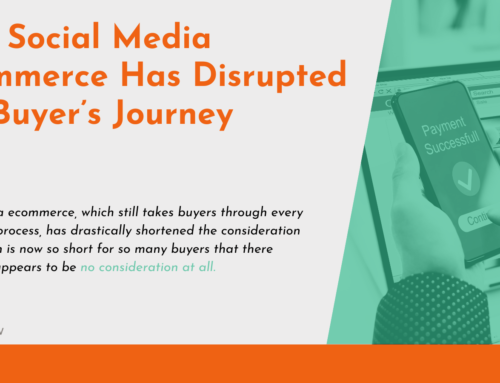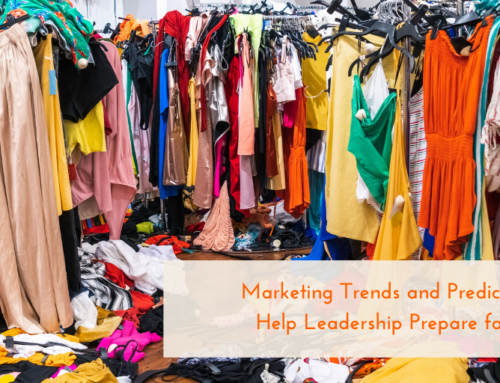
Knowing the trends before they become trends is necessary for successful social media marketing. In 2021, more than 72% of Americans used social media platforms on a regular basis.
If you want to keep those users’ attention, it’s imperative to stay up to date with current and upcoming trends in social media marketing. That may sound like a tall order with trends coming and going at what seems like a moment’s notice; but a good fractional CMO will know what to focus on and what to let die. Here are a few key social media trends every CMO should know for 2022.
Social Media Marketing Budget
One of the most significant changes you’ll notice in social media marketing this year is the budget. Most companies have started moving investments from traditional television and newspaper ads to email marketing and social media. For good reason, too, as spending on social media advertising is expected to reach $56 billion this year. Facebook is still the king of social media, but Instagram and LinkedIn recorded double-digit percentage increases in usage from 2019 to 2021. Knowing this information will help determine where you should spend that social marketing budget.
Content Trends
Video content has seen a considerable increase in popularity over the years, but with the emergence of TikTok, short-form video content rises above the rest. In fact, 50% of social media marketers are bringing short-form video content into their marketing strategy for the first time this year; and 95% of those already using short-form video are either planning on maintaining their existing budget or increasing it.
Social Media Shopping
The Covid-19 pandemic propelled virtual commerce to the forefront early on, and social media platforms were quick to capitalize on that. Instagram has been one of the leading social eCommerce outlets, with 70% of consumers looking to the platform for product inspiration. Facebook recently added Facebook Shops to their shopping tools, and TikTok started experimenting with product links at the end of 2019.
Social media shopping is expected to become more accessible as well. With the new Instagram Checkout feature, shoppers can complete a purchase without going through a third-party site. Facebook Shops provides a way for consumers to contact businesses via Messenger, WhatsApp, and Instagram Direct, as well as make purchases directly from those chats. Consumers are becoming more reliant on eCommerce, so it makes sense that social media companies have continued to add more purchasing features.
Augmented Reality and Artificial Intelligence
It’s possible that you’ve used augmented reality and weren’t even aware. Do you have Snapchat, Instagram, or TikTok? Those filters that add makeup, hats, or even facial hair to your picture in real-time are a form of augmented reality. Companies have seen the benefits of the technology beyond the funny images it can create, though. If you’ve shopped online for furniture lately, you’ve likely seen a “see it in your room” option. When you choose this option, the app or website will either access your camera and digitally add the image of furniture, or it might superimpose the image onto an uploaded photo of your room.
Giving consumers the ability to “try before you buy” is priceless, potentially boosting click-through rates up to 33%. The possibilities are endless for a variety of eCommerce brands. As such, this trend and the technology behind it are expected to grow over the coming years.
Influencer Trends
Previously, social media influencers’ follower counts held more weight than their ability to sell a product. More recently, though, marketers have discovered that less widely known “micro-influencers”—those with between 10k and 100k followers—are more relatable, community-driven, and niche-oriented. Since micro-influencers have smaller (and usually more devoted) audiences, it’s much easier for them to engage with followers directly than those with higher follower counts. This enables them to deliver the highest post-engagement rates across Instagram, YouTube, and TikTok.
Brand Accountability
Consumers want to believe in who they’re buying from. They certainly don’t want to buy from companies that have been historically problematic regarding customer service or accountability. In fact, 57% of consumers will be loyal to a brand that commits to addressing social inequities and actually does something about it. Diversity, equity, and inclusion are the new face of society, and CMOs should champion authenticity in their brand messaging.
Social media and marketing go hand in hand, and a successful fractional CMO will know how to marry the two seamlessly. Knowing the coming trends will help get your social media marketing strategy squared away for the coming year, but feel free to reach out if you have any questions.





